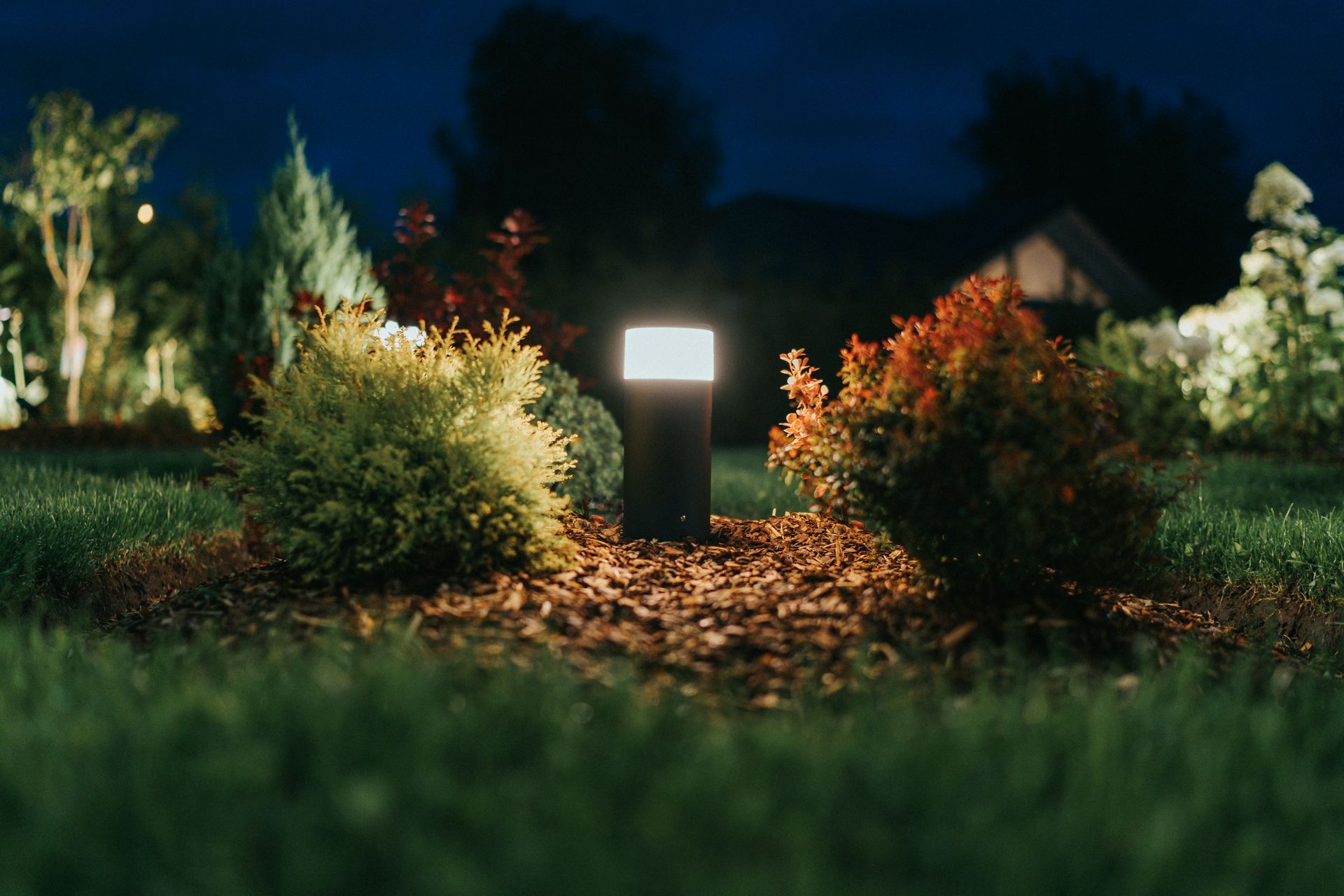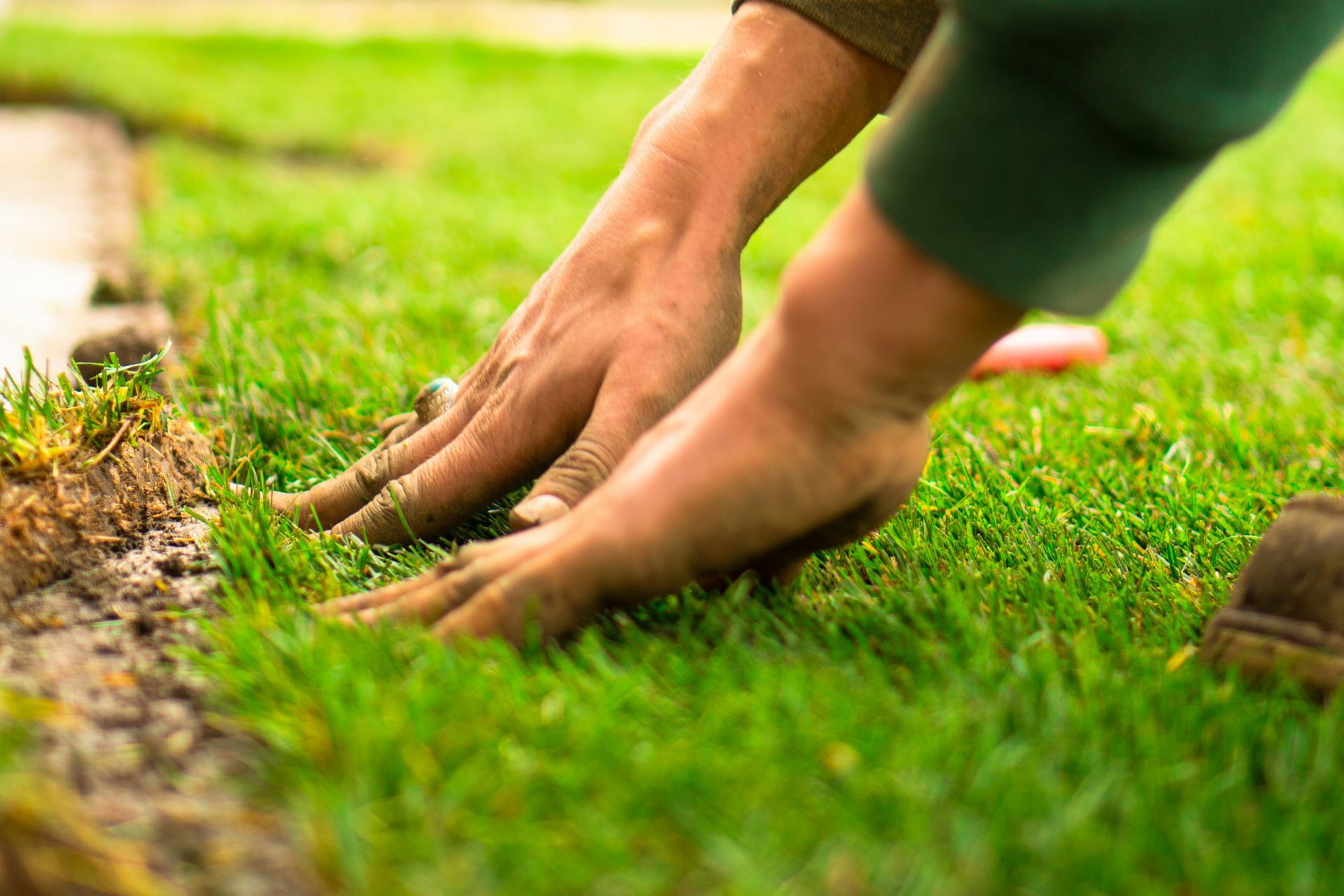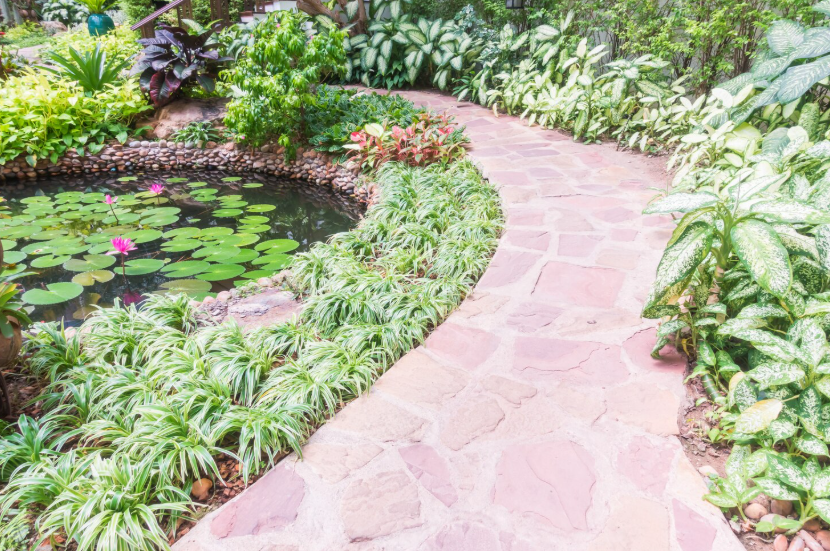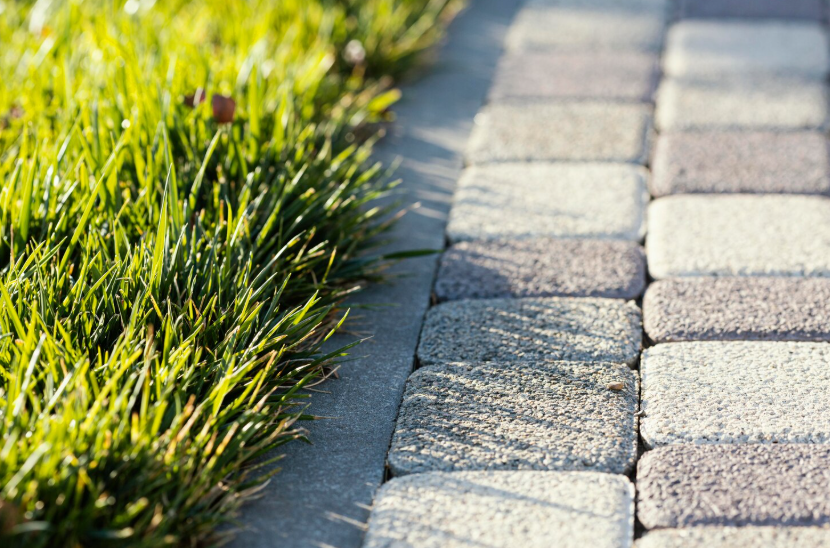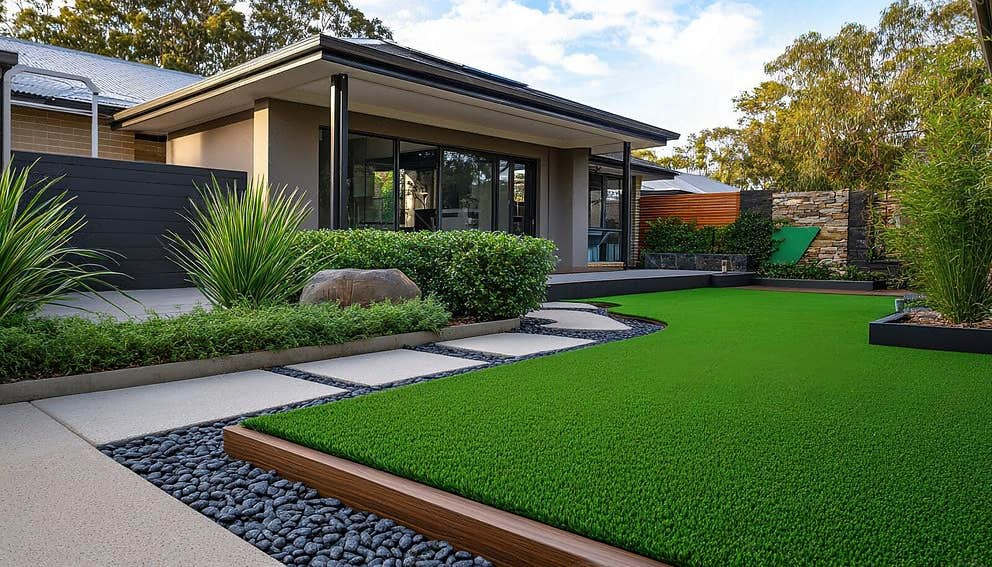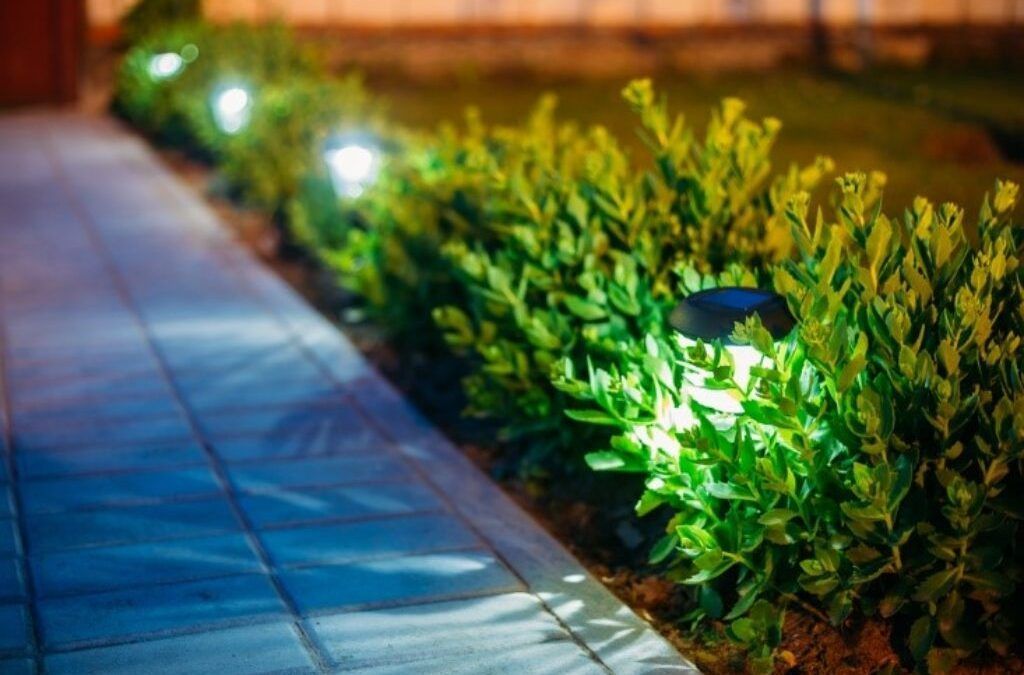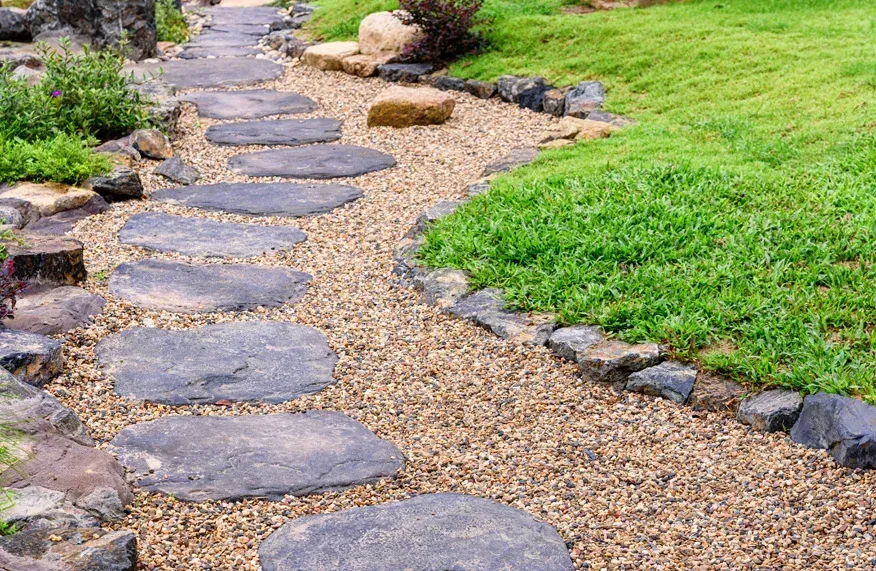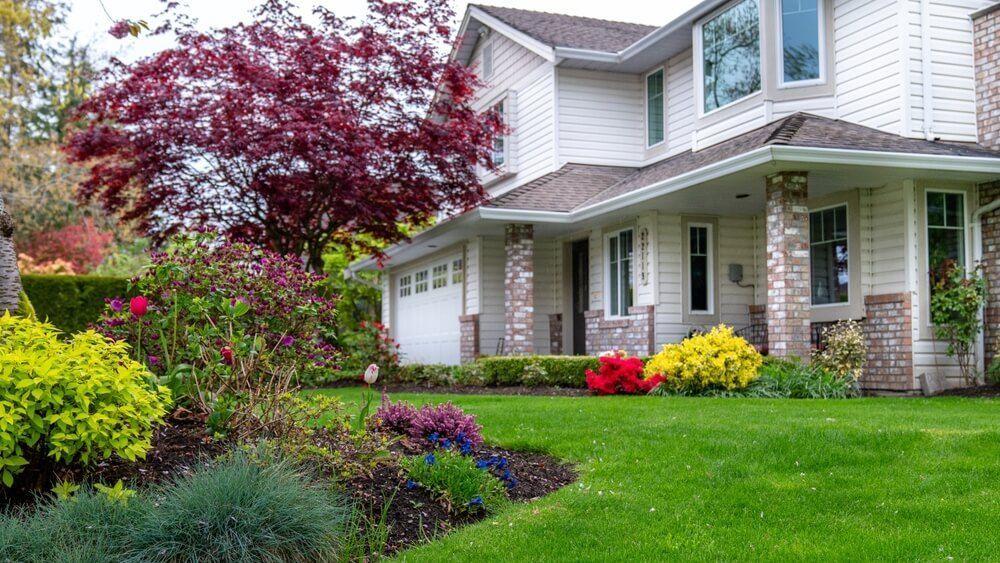How to Use Landscape Fabric: Top Benefits and Techniques for Your Yard
Many homeowners interested in creating low-maintenance outdoor spaces turn to professional landscaping services in Sandy, Utah to help manage weeds, conserve water, and support healthier plant growth. One popular method involves the use of landscape fabric, an effective tool that, when applied correctly, can contribute significantly to a cleaner, more organized yard. This article outlines the practical benefits of using landscape fabric and provides guidance on its installation and maintenance for long-term success.
Benefits of Landscape Fabric
Landscape fabric serves as a helpful addition for anyone looking to maintain a clean and attractive yard with reduced effort. One of its primary functions is to act as a barrier that discourages weeds from taking root, significantly cutting down on time spent pulling or spraying them. Though the material prevents sunlight from reaching the soil, it still allows for the passage of water and air, which supports plant roots below the surface. This balance makes it easier to keep plants hydrated and healthy, while also slowing down soil erosion caused by wind or heavy rain. The fabric can also help to retain soil warmth, which encourages more consistent growth in many types of plants. With less frequent maintenance and fewer disruptions to the soil, homeowners can enjoy a yard that remains tidy and vibrant throughout the seasons. Whether you’re working with professional
landscape design services or maintaining your own garden, using landscape fabric can make yard upkeep much more efficient and long-lasting.
Proper Installation Techniques
Achieving good results with landscape fabric begins with proper installation. The first step is to clear the area of weeds, rocks, and any remaining plant material, providing a clean surface for the fabric to rest on. After that, roll the fabric over the soil, making sure to overlap any edges by a few inches to avoid gaps where weeds could sneak through. Use pins or stakes to secure the fabric tightly, especially around the outer edges. This keeps the material in place during windy weather or watering. If you plan to plant in the area, cut an "X" where each plant will go and gently fold back the corners to create space for planting. Once everything is in position, covering the fabric with mulch or decorative stone will not only enhance the look of your garden but also provide an additional layer of protection against weeds. For larger outdoor projects, a
landscape design-build company can ensure the fabric is installed correctly as part of a complete landscaping plan, helping to integrate it seamlessly with features like garden beds or walkways.
Effective Weed Control Methods
To keep your yard free from unwanted growth, using landscape fabric as part of a broader weed control strategy can be very effective. In
backyard landscaping in Sandy UT, where varying soil conditions can encourage fast weed growth, using high-quality landscape fabric is especially beneficial for maintaining clean and organized outdoor spaces. Begin by applying the fabric across areas most prone to weed invasion, taking care to ensure it's fully secured. Adding a layer of mulch over the fabric provides additional weed suppression while helping the space blend more naturally with the rest of your landscaping. Consistent monitoring is important, especially in the early stages. Check regularly for any damage or openings that might allow weeds to push through. Any that do appear should be removed by hand to prevent spreading. For stubborn growth, spot-treating with organic solutions can help address the issue without harming the surrounding plants or soil.
Maximizing Water Conservation
Saving water in the yard doesn't have to involve drastic changes, simple steps can lead to noticeable results. Landscape fabric plays a supporting role by slowing evaporation and helping water stay where it's needed most: at the plant roots. Installing drip irrigation systems under or through the fabric delivers targeted hydration and reduces runoff. Another effective technique involves grouping plants with similar watering needs together, allowing for more controlled and efficient irrigation. When used in combination with mulch, the fabric helps retain moisture in the soil for longer periods, resulting in less frequent watering and improved resource management. Checking soil moisture levels and adjusting your approach based on weather and plant conditions can help maintain consistent hydration without waste. This approach pairs perfectly with
concrete driveway installation projects, as it helps reduce runoff from paved areas and supports efficient water use throughout the landscape.
Enhancing Plant Health
Keeping your plants in good condition is closely tied to soil quality and routine care. Periodically assessing the soil's pH and nutrient levels helps guide decisions about fertilization and amendments. Choosing organic mulch and compost can help maintain a healthy balance of nutrients while also regulating the ideal soil temperature. Deep, infrequent watering encourages roots to grow deeper, making plants more resilient to drought. When combined with the protection offered by landscape fabric, these efforts create a more stable environment where plants can thrive. Regular care, such as trimming and removing dead foliage, also plays a part in promoting overall plant vitality.
Maintenance Tips for Longevity
To make the most of your landscape fabric investment, consistent upkeep is important. Regularly inspecting the fabric for signs of wear helps you catch small issues before they turn into larger problems. Tears, loose edges, or areas that have shifted can all allow weeds to grow through. Fixing these spots as soon as they're noticed will help maintain the fabric's effectiveness. Avoid dragging tools or heavy objects over the surface, as this can cause unnecessary damage. Removing debris, such as fallen leaves or branches, keeps the area clean and prevents buildup that could attract pests or promote mold growth. Applying a fresh layer of mulch periodically can also help protect the fabric from UV exposure, which may cause it to break down over time. With thoughtful maintenance, landscape fabric can remain a reliable part of your garden setup for many years.
Related Topics:

